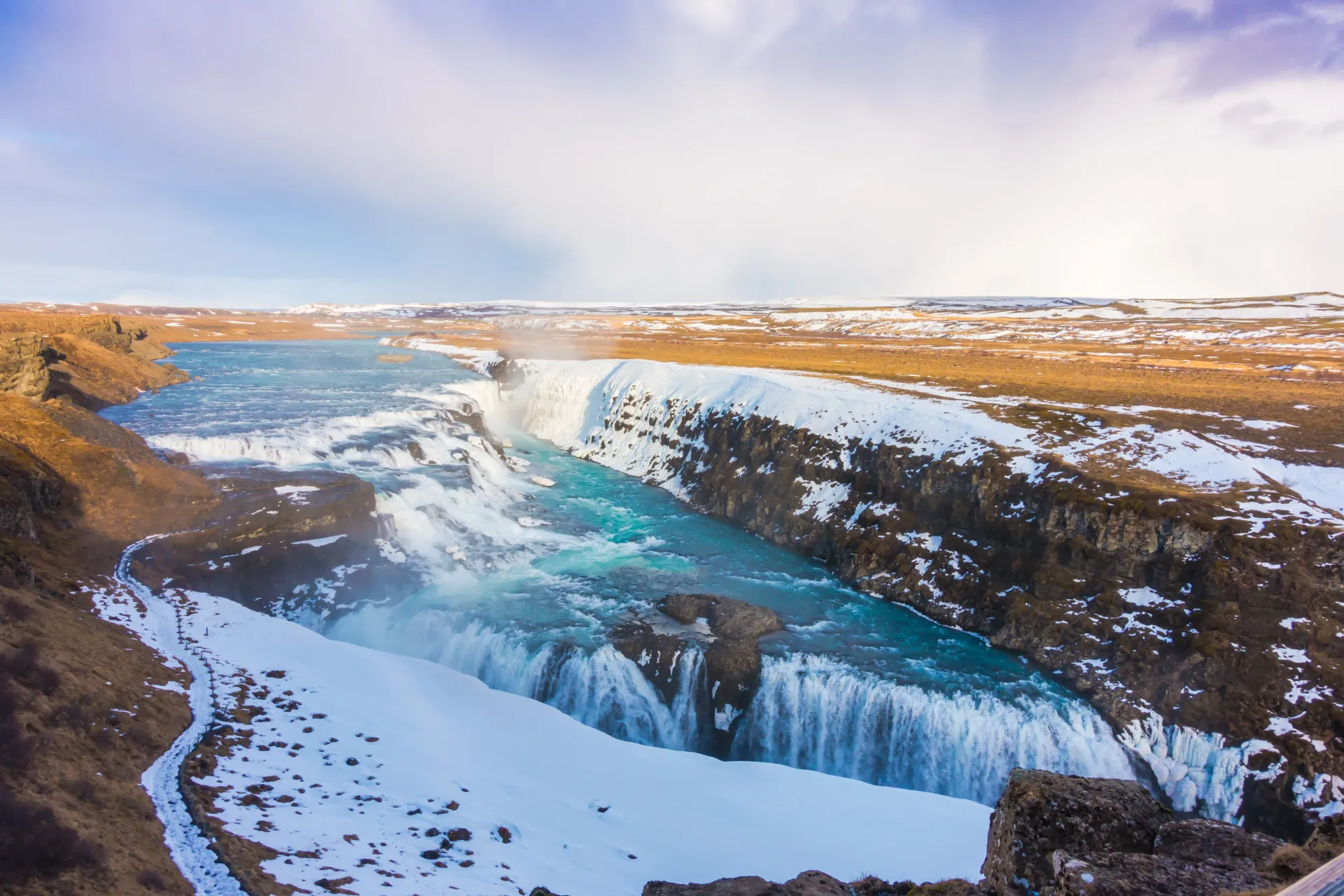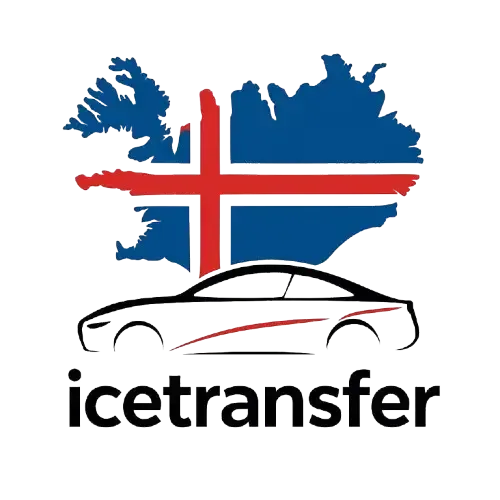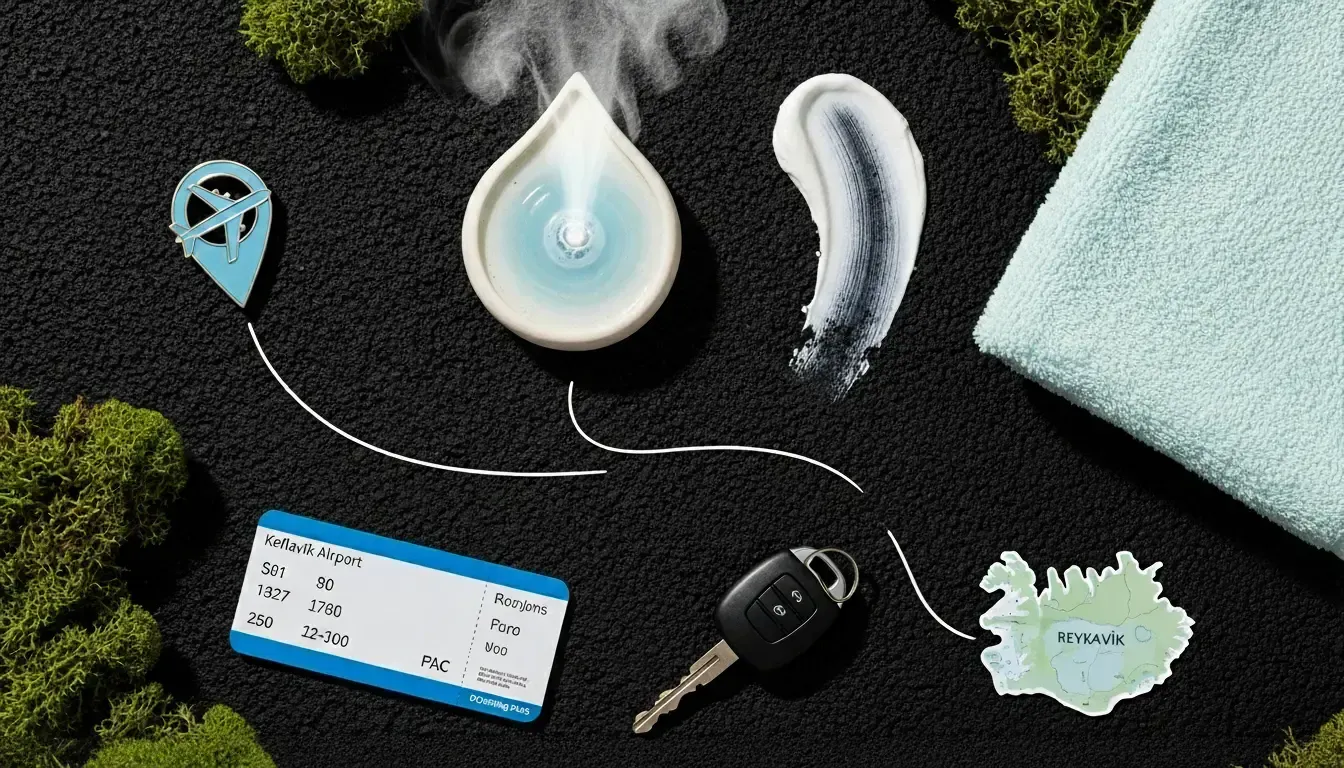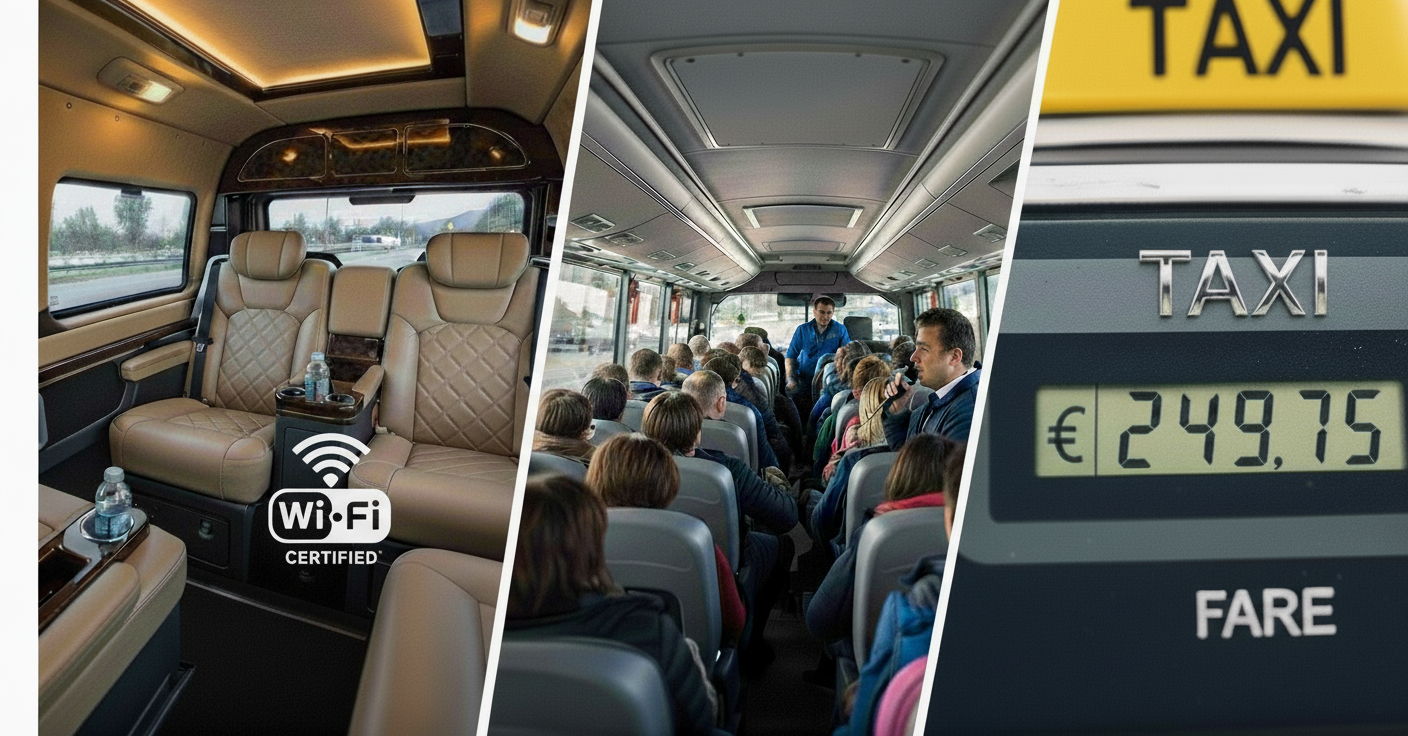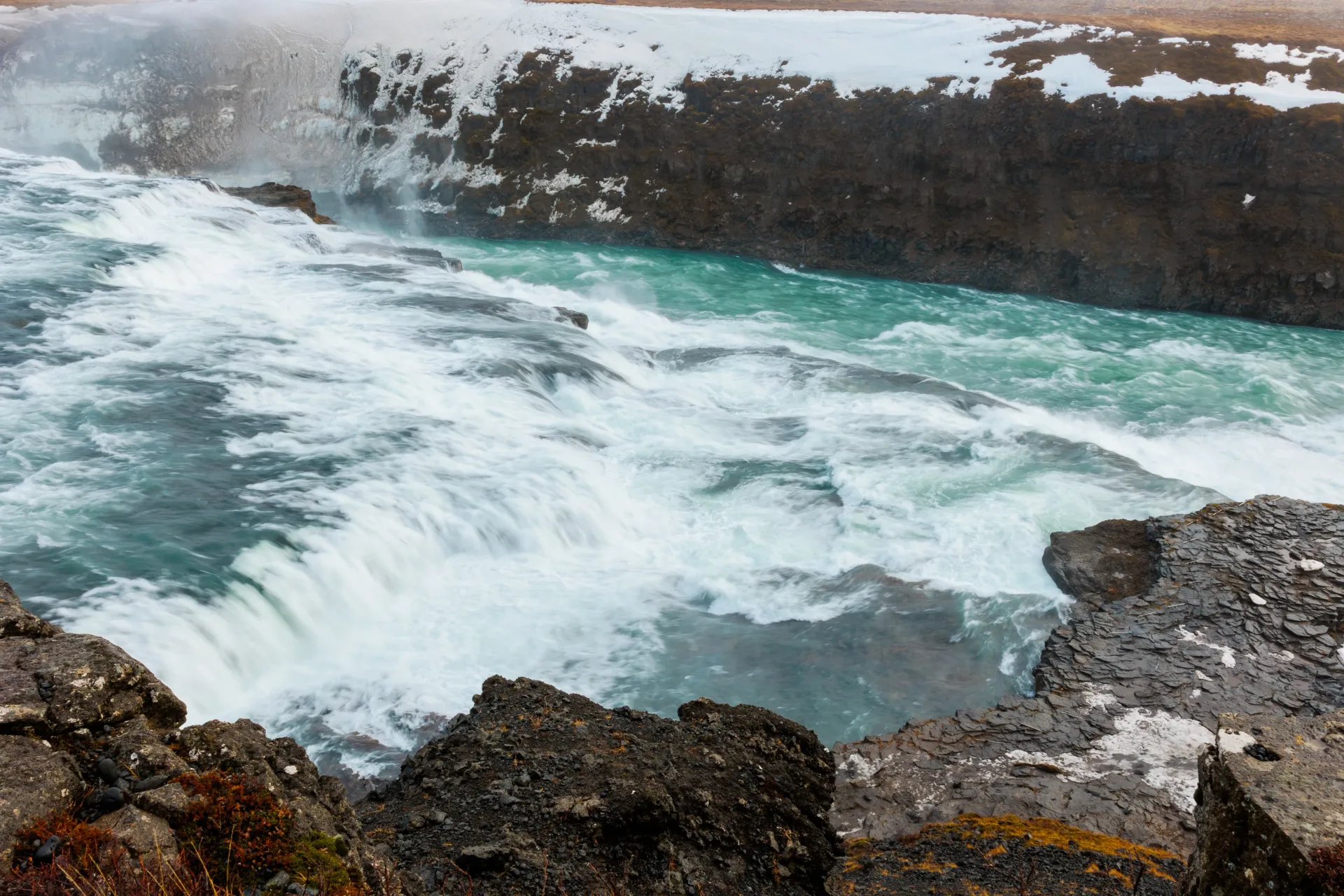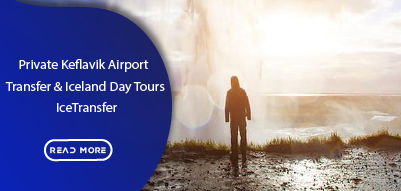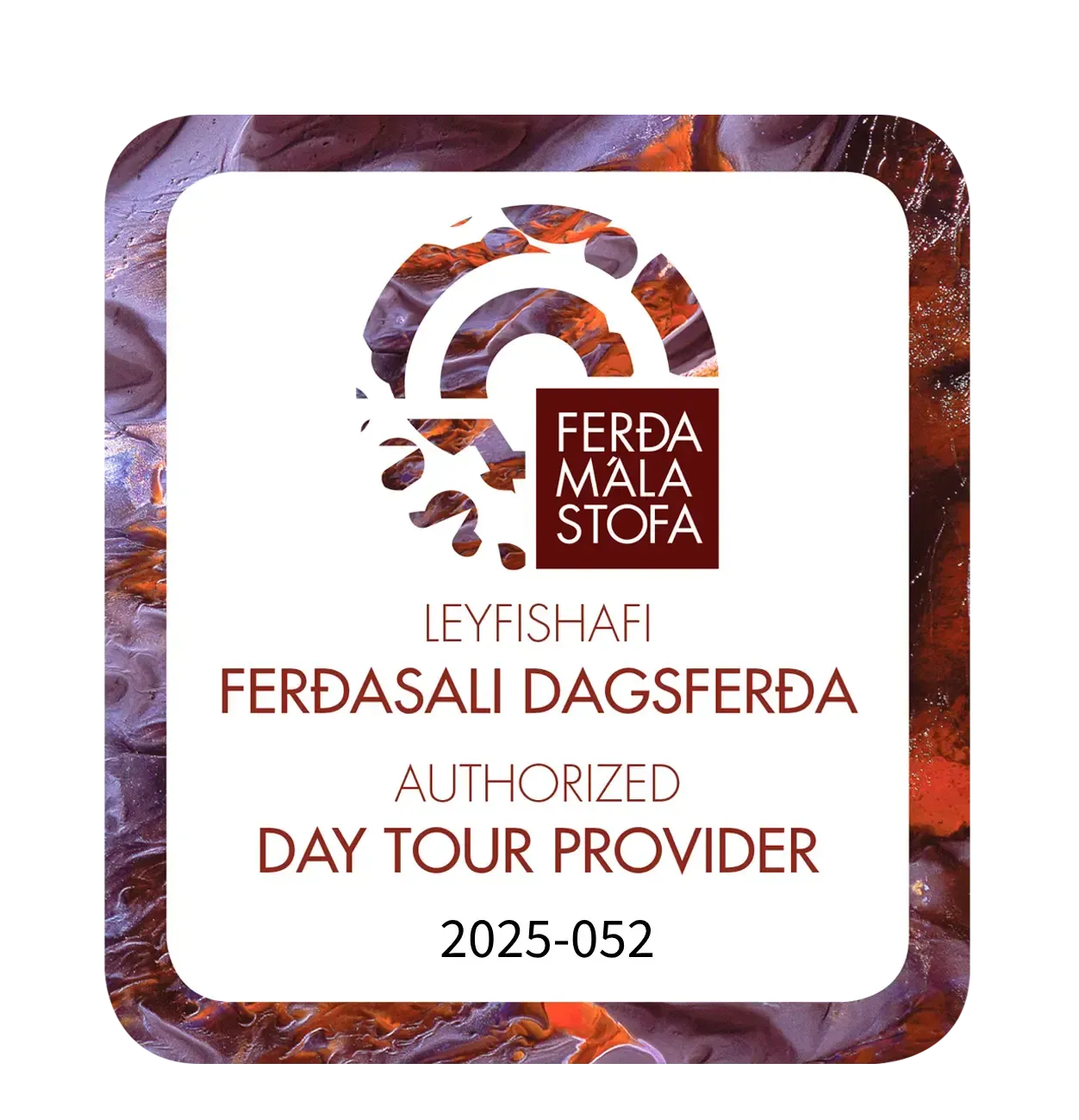Where and When to See the Northern Lights in Iceland: Your Complete Guide
If you dream of witnessing one of nature’s most spectacular light shows, you’re in the right place. To see the Northern Lights in Iceland is to experience vivid curtains of green, pink, and sometimes red lights dancing across the Arctic sky. Iceland’s unique location, dark skies, and pristine landscapes make it one of the best places in the world to catch this magical phenomenon. Whether you’re planning a winter getaway or a late-night adventure, knowing the best spots, times, and tips will greatly enhance your chances of witnessing the aurora borealis.
Where to See the Northern Lights in Iceland
Auroras can appear anywhere in Iceland when conditions are right, but your chances are higher in dark, rural locations far from light pollution and under clear skies.
Notable Locations:
- Jökulsárlón Glacier Lagoon (South Iceland):
One of the top spots — glacial ice and black sands create stunning reflections under the aurora. - South Coast Beaches (Reynisfjara, Stokksnes):
Dramatic coastal landscapes with minimal light pollution offer excellent visibility. - Snæfellsnes Peninsula (West):
Scenic backdrops like Kirkjufell Mountain and Dyrhólaey cliffs beneath dark skies. - North Iceland (Akureyri outskirts, Godafoss, Lake Mývatn):
Often clearer skies and longer nights improve viewing chances. Avoid light pollution near town centers.
Where to Stay in Iceland for the Northern Lights?
In the Countryside:
Northern Lights hotels (e.g., Hotel Ranga, Aurora Lodge) are located far from towns and often offer aurora wake-up calls.
Aurora Lodge (Hvolsvöllur, South):
Cabin rooms and hot tubs face north—ideal for natural beauty and aurora spotting right from your room.
Highland Base at Kerlingarfjöll (Central Highlands):
Remote wilderness with unobstructed views during aurora season.
Near Reykjavík:
Staying in Reykjavík offers flexibility to join tours or drive out to dark spots.
Local accommodations often partner with guided aurora tours for easy access to prime viewing locations.
You may be interested: KEF Airport to Reykjavík Private Transfer
Can You See the Northern Lights in Reykjavík?
Yes, but with some challenges:
- The city’s light pollution makes faint auroras harder to see.
- Better visibility is found outside the city, in places like:
- Seltjarnarnes Peninsula (Grotta Lighthouse): Minimal light pollution, west-facing coastline.
- Öskjuhlíð Hill near Perlan Museum: Forested area with some clearings.
Viewing options in Reykjavík include guided minibus tours that take you to rural hotspots or driving out yourself within 1–2 hours.
Best Places to See the Northern Lights in Iceland
- Best Regions: South Coast (Jökulsárlón, Reynisfjara), Snæfellsnes Peninsula, North Iceland, and rural spots near Reykjavík.
- Stay Options: Remote hotels and lodges for direct aurora views; Reykjavík for tours and flexibility.
- Reykjavík: Can work, but heading to dark outskirts or joining tours improves chances.
- Tip: Plan ahead by checking weather forecasts and aurora activity to increase your chances of witnessing the Northern Lights.
You may be interested: Private Day Tours in Iceland
What month is best to see the Northern Lights in Iceland?
Travelers and guides recommend visiting in the winter months. Iceland’s aurora season spans roughly September through April, with peak viewing from October to March when darkness is greatest. Many note that the equinox periods (late September/October and March) tend to be especially active, while the darkest mid-winter months (November–January) offer the longest nights. In practice, October to March are generally the best months to see Iceland’s Northern Lights.
What time of night is best for the aurora?
Auroras are most active during the darkest late-night hours. Sightings most commonly occur around midnight — typically between 11 PM and 2 AM. Science guides also note an optimal viewing window roughly from 10:30 PM to 1 AM. In other words, once night fully falls, staying out until around 1 AM (or slightly later) gives you the best chance to catch the lights if they appear.
How often do the Northern Lights happen?
Auroras depend on solar activity and weather, so there’s no set schedule. During winter, displays do occur quite often (weather permitting), but exceptionally bright shows are less frequent. Exceptionally strong Northern Lights might happen on average once or twice a month, though fainter glows can appear on more nights. In other words, you may see some auroral activity on many clear winter nights, but only a few nights will have the really intense, colorful shows.
When can you see puffins in Iceland?
Puffins are a summer attraction, not a winter one. These seabirds arrive in Iceland in spring and nest through the summer. They begin arriving as early as April, and the best time to see puffins is between May and early August. By June and July, puffin colonies on cliffs — such as in the Westman Islands, Grimsey, and the Westfjords — are at their peak, making mid-summer ideal for puffin-watching.
FAQ about see the Northern Lights in Iceland
Can you see the Northern Lights in Iceland without a camera?
Yes — a strong aurora is visible to the naked eye. You do not need a fancy camera to see the lights; cameras only enhance the colors, they don’t create them. It’s a common myth that only cameras pick up the green color, but observers can directly see greens (and sometimes pinks and reds) with the naked eye. In practice, many people report witnessing brilliant curtains of green light with their unaided eyes. A camera can make the colors look brighter or more vivid, but the breathtaking display itself is there for all to see.
How likely is it to see the Northern Lights in Iceland?
If you visit during aurora season and have clear nights, your odds are quite good but never 100% guaranteed. During winter, you definitely have a good chance of seeing the Northern Lights, especially around the equinoxes. In practical terms, the more nights you spend hunting the lights (and the further you are from city light pollution), the better your chances. Still, even during peak season, many nights can pass without a show. Locals estimate that intense displays happen only a few times each month, so patience and multiple clear nights — greatly increase your probability of witnessing the aurora.
How to Capture the Northern Lights on an iPhone?
Capturing the Northern Lights on an iPhone is absolutely possible if you use the right techniques:
- Use Night Mode: Recent iPhones (iPhone 11 and newer) have Night Mode, which is essential for photographing the aurora. In the Camera app, tap the moon icon to enable Night Mode and extend the exposure time to its maximum (usually up to 30 seconds) to collect as much light as possible.
- Keep Your Phone Steady: Mount your iPhone on a tripod or place it on a stable surface. Northern Lights photography requires long exposures, so any movement will blur the image. Use the self-timer or a remote shutter to avoid shaking the phone when you press the shutter button.
- Adjust Exposure: If the surroundings are very bright (for example, snow reflecting light), slightly lower the exposure compensation to avoid overexposure. For best results, aim your lens at the darkest part of the sky and stay as still as possible while the photo is being taken.
Planning your trip to see the Northern Lights in Iceland is all about timing, location, and a bit of patience. By choosing the right regions—like the South Coast, Snæfellsnes Peninsula, or North Iceland—and staying in remote lodges or joining guided tours, you maximize your chances of catching this unforgettable spectacle. Remember, the aurora depends on solar activity and clear skies, so keep an eye on forecasts and prepare for late-night viewing. Embrace the adventure, and the breathtaking dance of the Northern Lights in Iceland might just become the highlight of your lifetime.

